Kimono Fashion With A Twist
Modernizing A Classic
Want to wear kimono but don’t know where to start? Say no more!
The national dress of Japan, kimono in varying forms have existed since the Kofun period (about the year 300!). In the modern era, kimono are typically reserved for special occasions, but a small number of fashion conscious people are bringing them back to everyday fashion.
Quick kimono vocabulary
Kimono (着物, kimono) literally means “thing to wear” in Japanese, but what we know as kimono today originally came from the kosode (小袖) or underlayer garment that the upper classes wore during the Heian era (794-1185). They are made in a wide variety of fabrics, everything from poly-cotton blends to extremely fine silks, and can range in price from ¥10,000 for a simple set to millions of yen.
Kimono can be broken down into several subtypes. Furisode are the colorful, long-sleeved kimono worn mainly by young and unmarried women—these sleeves come in different lengths depending on if you’re wearing a ofurisode (about 114 cm), a chufurisode (about 100-95 cm), or a kofurisode (about 85 cm).
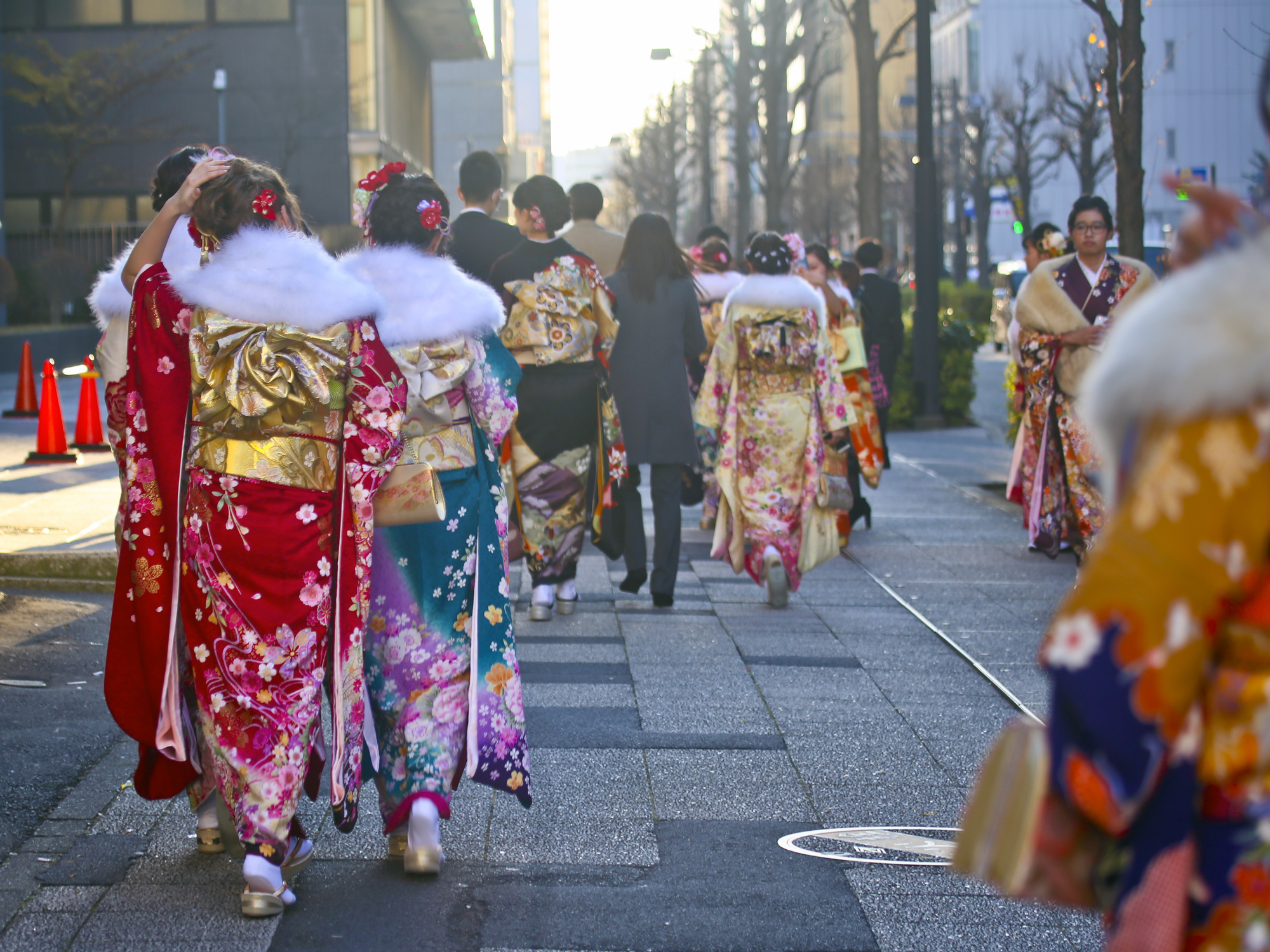
Young women wearing furisode can be easily spotted every year on seijin no hi (成人の日)
Tomesode, on the other hand, have short sleeves and are typically worn by older/married women, and are less colorful or elaborately decorated. There are other types, but these are the two most common, aside from the lighter summer yukata (浴衣), that is.
Part of the essential kimono ensemble are the obi or brocade belt, which can be tied in numerous different knots (elaborate for younger women, single/simple for older), the obijime (帯締め), a decorative string that ties around the obi, the obidome (帯留め) a decorative charm/bead that sits in the middle of the obijime, tabi (足袋) the traditionally white split-toe socks, and either geta (下駄, wooden clogs) or zori (草履, sandals).
Other must-haves are kanzashi (簪) which are elaborate hair accessories, kinchaku (巾着, drawstring purse) or zori bagu (草履バッグ, matching sandal and clutch purse set). And of course, the haori (羽織), a formal overcoat worn over kimono that can come in jacket length, or full and even floor-length, depending on the situation and formality. Haori have their own string to fasten them, called a haori himo (羽織紐).
But that’s cultural appropriation!
There’s been some argument online that if you aren’t Japanese you shouldn’t be wearing kimono, but that’s not how the vast majority of Japanese people feel. Kimono are as Japanese as sushi and samurai, and the Japanese aren’t afraid of the Japanese-ness of the kimono being diminished by Westerners wearing them. “If I see a foreigner in a kimono, I try to compliment them. It’s nice that they want to enjoy my culture” (Mariko, 58, Japanese).
That being said, if you run around in a cosplay or fetish type kimono, you’re going to get some serious side-eye from everyone, Japanese and foreign alike. The point is to be respectful of the history, the elegance, and the work that goes into the kimono. Oh, and don’t try to copyright the word kimono either, like a certain reality star that shall remain nameless.
Wearing a full traditional kimono ensemble
If you’re attending a special event that is kimono appropriate (a tea ceremony, for example) or just want to try it once, then going to a photo studio or a kimono rental salon is your best option for the full experience.
In Tokyo, there are plenty of places to choose from, such as Kimono Photo Studio Wa, or Kimono Queen, as well as salons in Asakusa, Shibuya, Ginza & Ikebukuro, and Nihonbashi. At the time of writing, many of these shops are closed, but when lockdown ends, this could be a great way to treat yourself to something new!
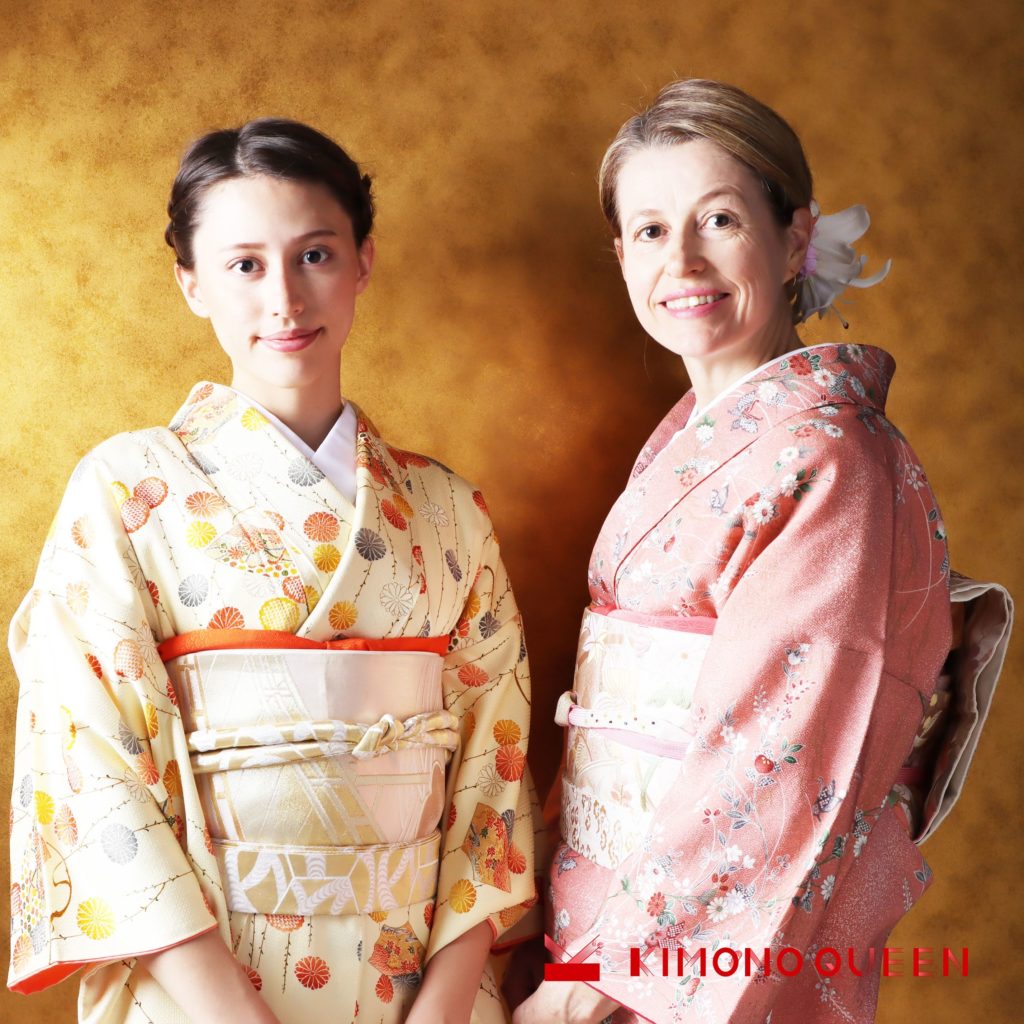
A photoshoot by Kimono Queen in Tokyo
If you’re looking to purchase your own full kimono, then going to a proper kimono specialty store and having a fitting is highly recommended. These shops tend not to have service in English, but if you are looking to purchase a pre-made, medium-priced kimono set, then they may be able to assist you. Two of the best shops for new kimono ensembles are Tachibana, which has locations across Japan, and Yamato, which has both brick and mortar and an online shop in English.
Those wanting an expensive (silk), order-made kimono set will need to make a reservation at a department store based kimono shop, such as Ginza Motoji, have a fitting, discuss what you need to complete the set, and usually pay in advance. I strongly recommend bringing a translator or Japanese native speaker with you to go through the process because the vocabulary used can be highly specialized, and this is an expensive purchase to undertake.
Trying a modern take on a full Kimono ensemble
One point that makes some people pause in choosing to wear a kimono is the pattern or color problem. “I’m too old to wear a furisode, which means my kimono options are pretty… grandma-y” (Sarah, 42, American).
If you don’t want to dress too young or too old, then you might want to look into modern takes on kimono prints, such as those available at Tokyo 135° in Harajuku, or available online from Salz. Salz also offers in-person kimono styling and cultural experiences for those in the Tokyo area, and their Instagram has lots of helpful styling tips too.
Incorporating Kimono elements
Wearing a full kimono look takes time and a lot of practice—it’s not really something you can just throw together in twenty minutes and run out the door. One of the easiest, and most eco-friendly options, to adding kimono to your wardrobe is to wear recycled, or upcycled kimono parts.
A popular fashion trend in Asakusa this past winter was wearing a thin knit turtleneck top with a heavily patterned haori over top and skinny or flared jeans. Accessorizing that with chunky brooches or converted obidome gives you the perfect combination for a winter look. In the spring and summer, it can be harder to wear kimono simply because of the humidity. If you still want to add that touch of Japanese flair, then maybe going for an upcycled obi purse or bag is for you.
Made from old or unusable obi, these bags come in scores of different designs, colors, and sizes. You can find these at flea markets, craft fairs, and online shops like Minne, Creema, and even Etsy. Just search for obi rimeiku (帯リメイク obi remake) or “obi purse” and take your pick.
Or you can try your hand at some kanzashi, or even obidome bracelets and earrings. They’re fun, colorful, and often quite reasonably priced too. If you’re crafty, you can even make your own, using different parts of old kimono available at vintage and recycled clothing shops across the country.
Just make sure that if you’re going to be sewing your own obi-based goods, you have a sturdy sewing machine with a heavy denim setting—don’t make my mistake of assuming your machine can handle it. I’m now the proud owner of a broken sewing machine and a quarter finished obi purse as a result.
Whichever way you decide to go in your kimono quest, just remember to be respectful and have fun with the amazing array of colors, patterns, and designs that both traditional and modern kimono have to offer.

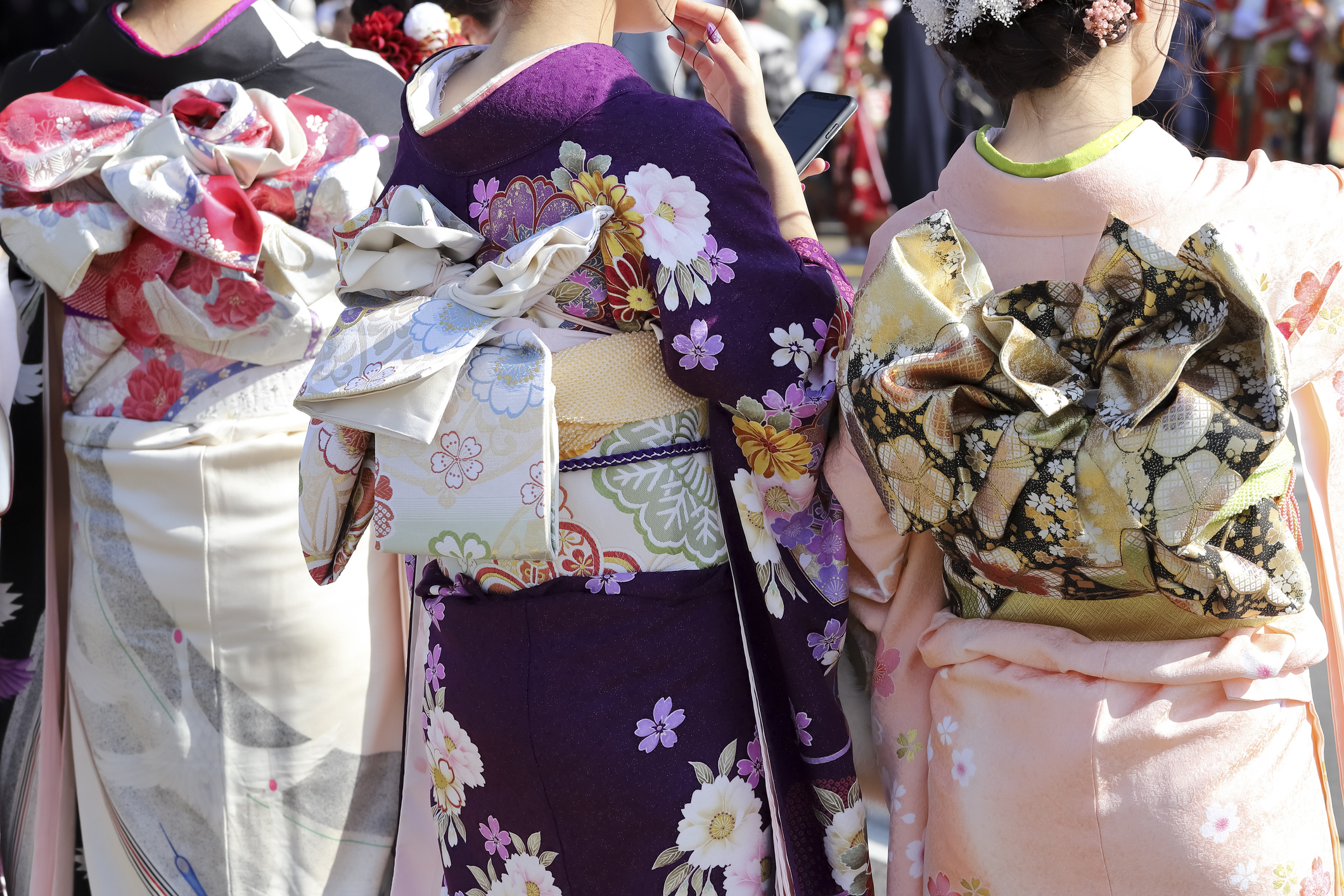
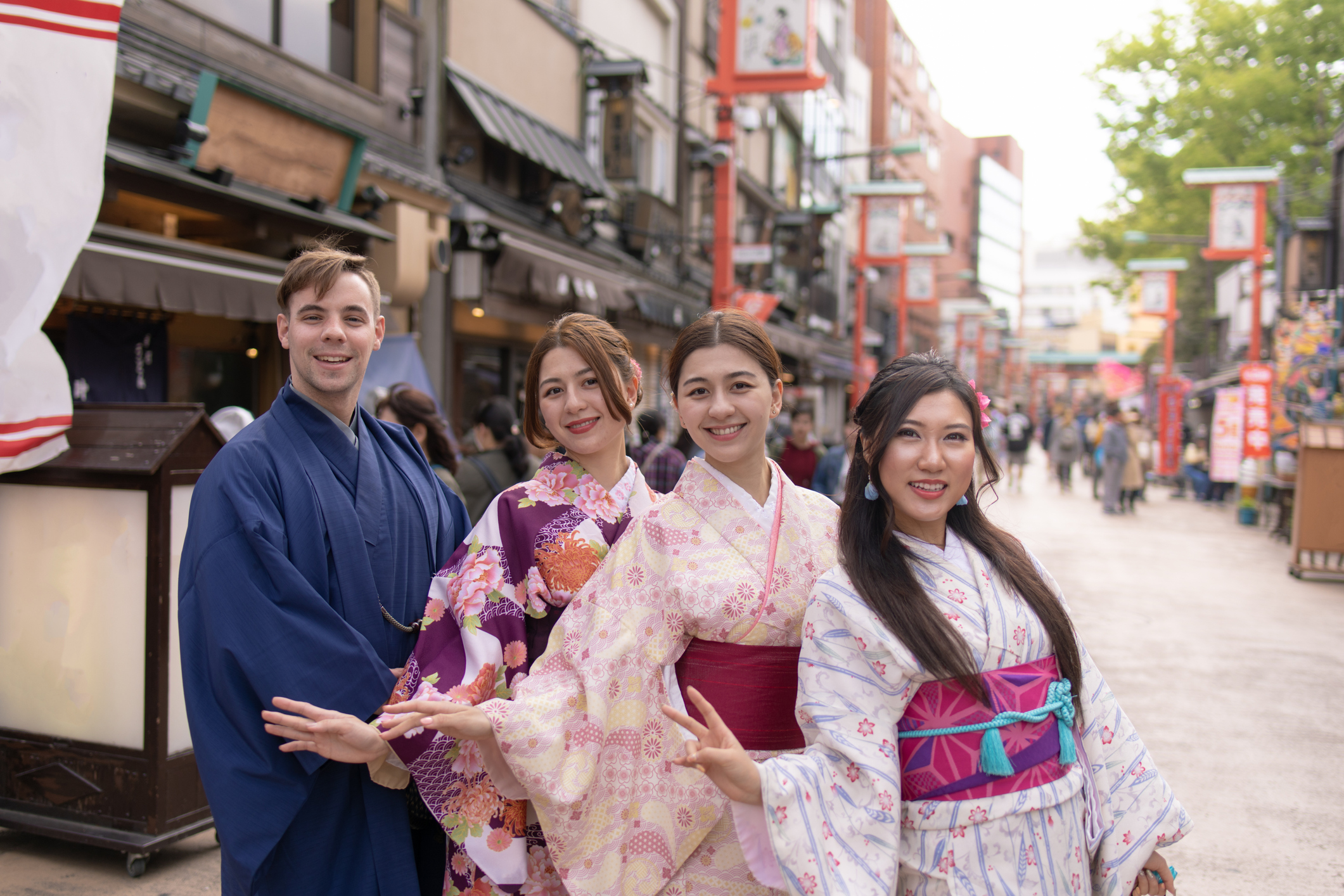
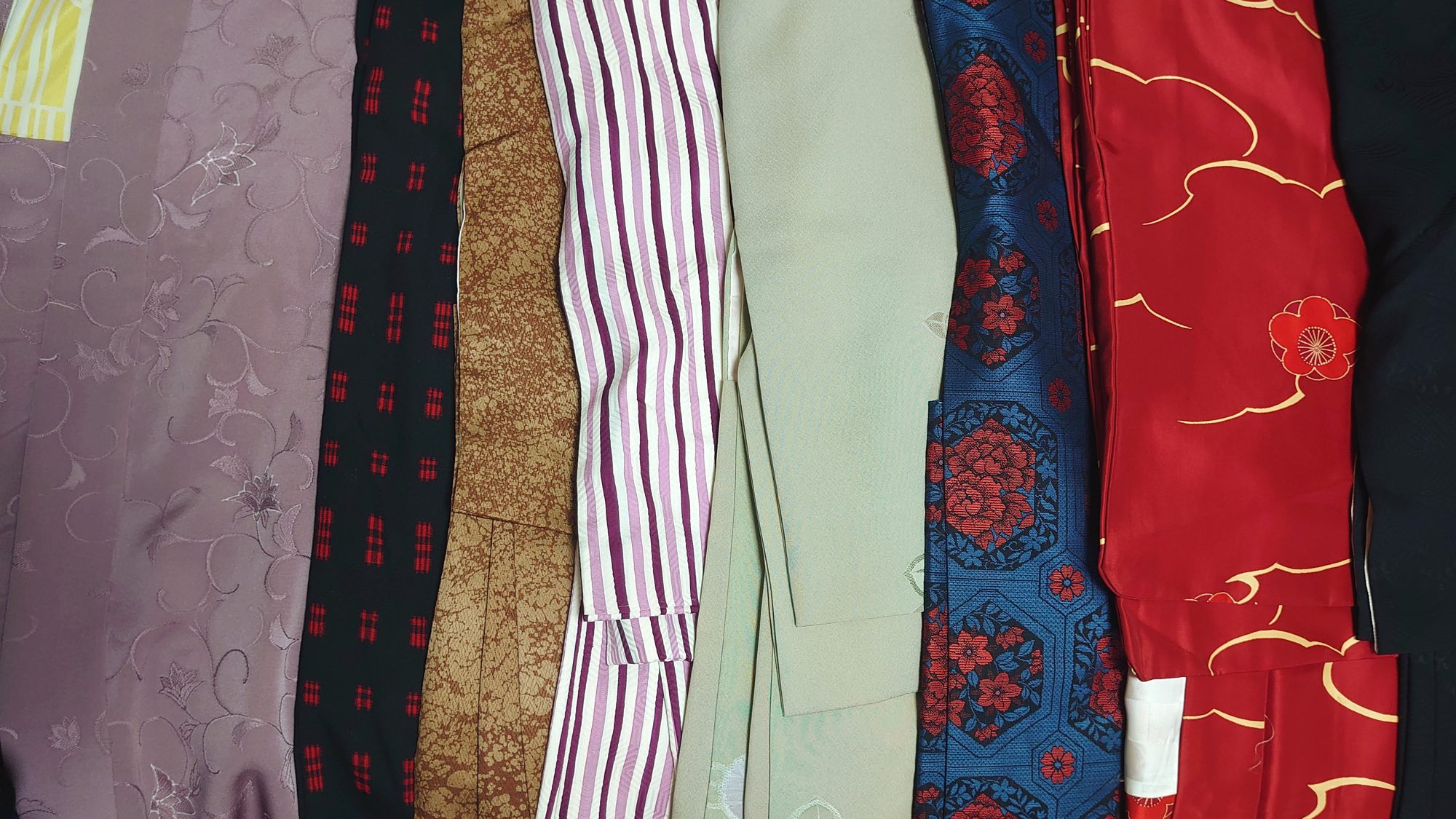

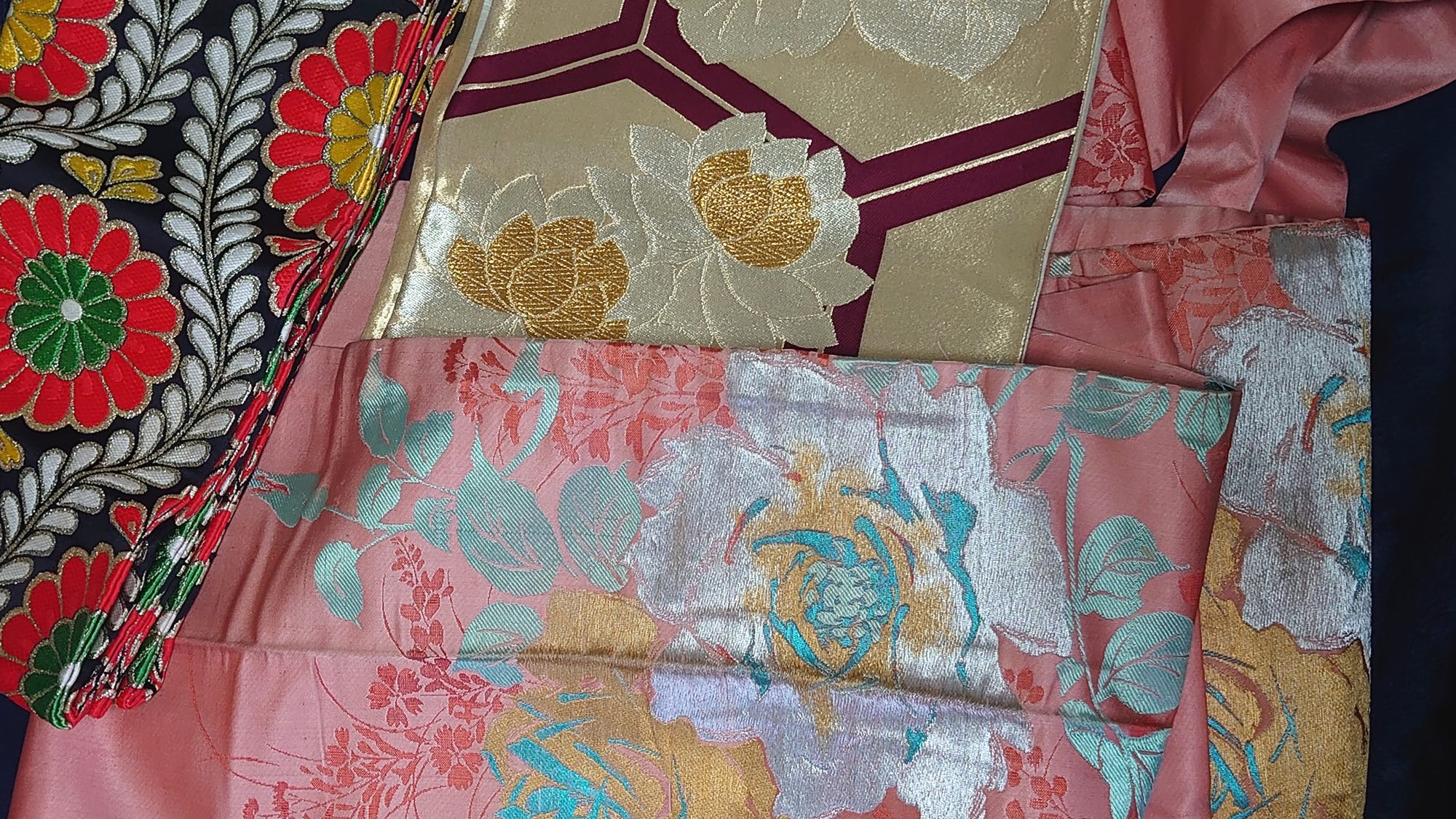











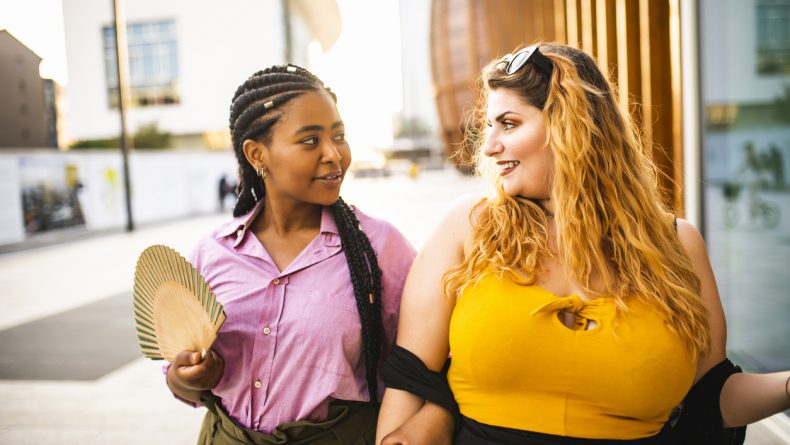

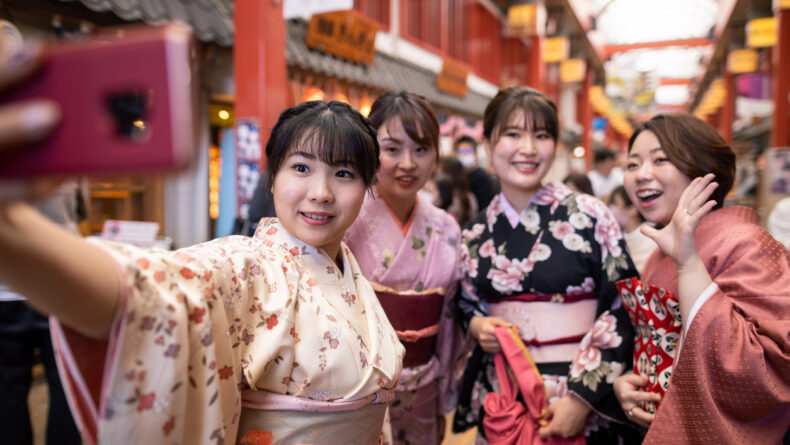
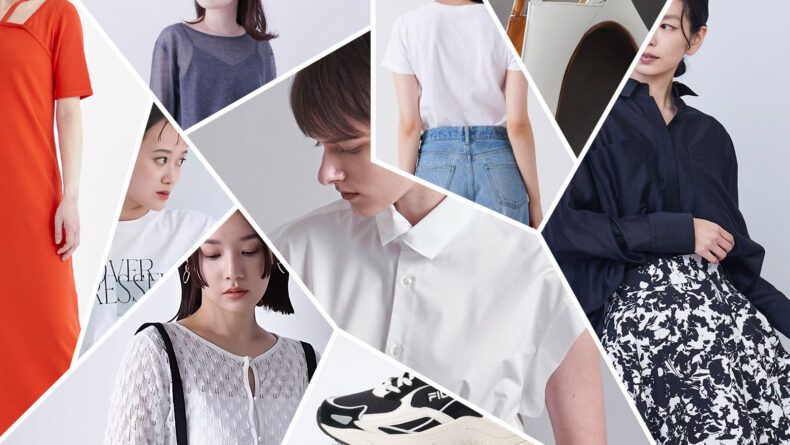
Leave a Reply